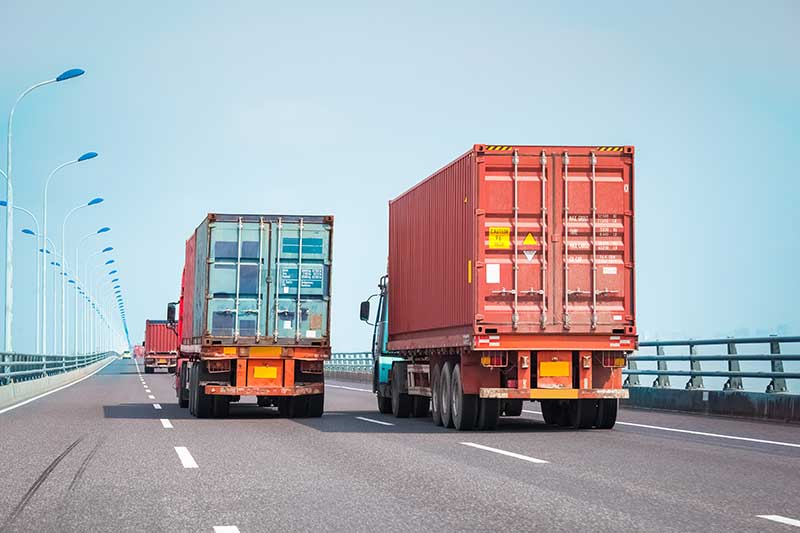Understanding The Strategic Advantages Of Intermodal Transportation

Today, the use of intermodal transportation by shippers is on the rise. Why is that? There are a number of reasons for using intermodal shipping, including the following:
- It is more energy efficient to use rail transportation.
- Moving freight costs less when “going green” in intermodal shipping.
- A better value proposition than highways is provided in many rail corridors.
What Shippers Want
Truck capacity is challenging, to say the least. Some of the reasons today involve the following:
- Hours of service on the road are being restricted by newly implemented government policies
- Increased fuel prices
- Driver shortage
If there is a way for shippers to improve service and cut costs at the same time, they are all for it. The intermodal products of today could be the solution to the shippers’ problems.
Intermodal Implementation
So how can shippers improve the strategies of their logistics through the implementation of intermodal? How do they go about it?
First and foremost, the lanes must be analyzed. Intermodal cost savings will have more opportunity the longer the haul. Determine which areas of the country loads are going out of and coming into.
Within the above stated geographical zones, define and view the rates – i.e., movement miles, build miles, loaded miles, revenue miles, total miles, empty miles – that are relative to the rail ramp pair locations. Exactly where intermodal fits into the needs of the shippers can be determined with this information.
Intermodal Transportation Business Benefits
Certain questions arise when logistics strategies are examined and plotted. Questions like the following:
- What is the value proposition?
- How can this benefit my business?
To help answer those questions, here are intermodal shipping’s most significant benefits (though there are more):
- Safety, capacity, and reliability advantages – More access is available by shippers to standardized transit schedules and equipment. As freight is moved to intermodal, companies realize the opportunity to provide additional savings by streamlining their reverse logistics.
- Environmentally friendly – By going intermodal, the carbon footprint produced by shippers can be significantly reduced. As an example, 19.8 pounds of carbon dioxide per 110 miles is produced by trucks; whereas only 5.4 pounds is emitted by trains. So, using trains for at least part of the trip will benefit the atmosphere and the world.
- Lower costs – Aspects that shippers can take advantage of include the following: more predictable pricing, lower rates, and the flexibility of unloading and loading goods in a dropped trailer environment. Handling costs can be reduced by the latter.
Turn to STC Logistics For Help with Intermodal Transportation
Would you like to find out what intermodal transportation could do for you or your company? The experts at STC Logistics can introduce you to a number of plans for handling your global or domestic transportation needs including transborder transportation. We also can advise you in areas such as distributions and rollouts, packing and creating, installations, technology, fulfillment and warehousing, and more.
Our mission is to deliver flexible, superior solutions for the logistics requirements of our clients. We are committed to providing the most efficient and effective solutions and logistics and technology – without limiting destination, size, or weight.










